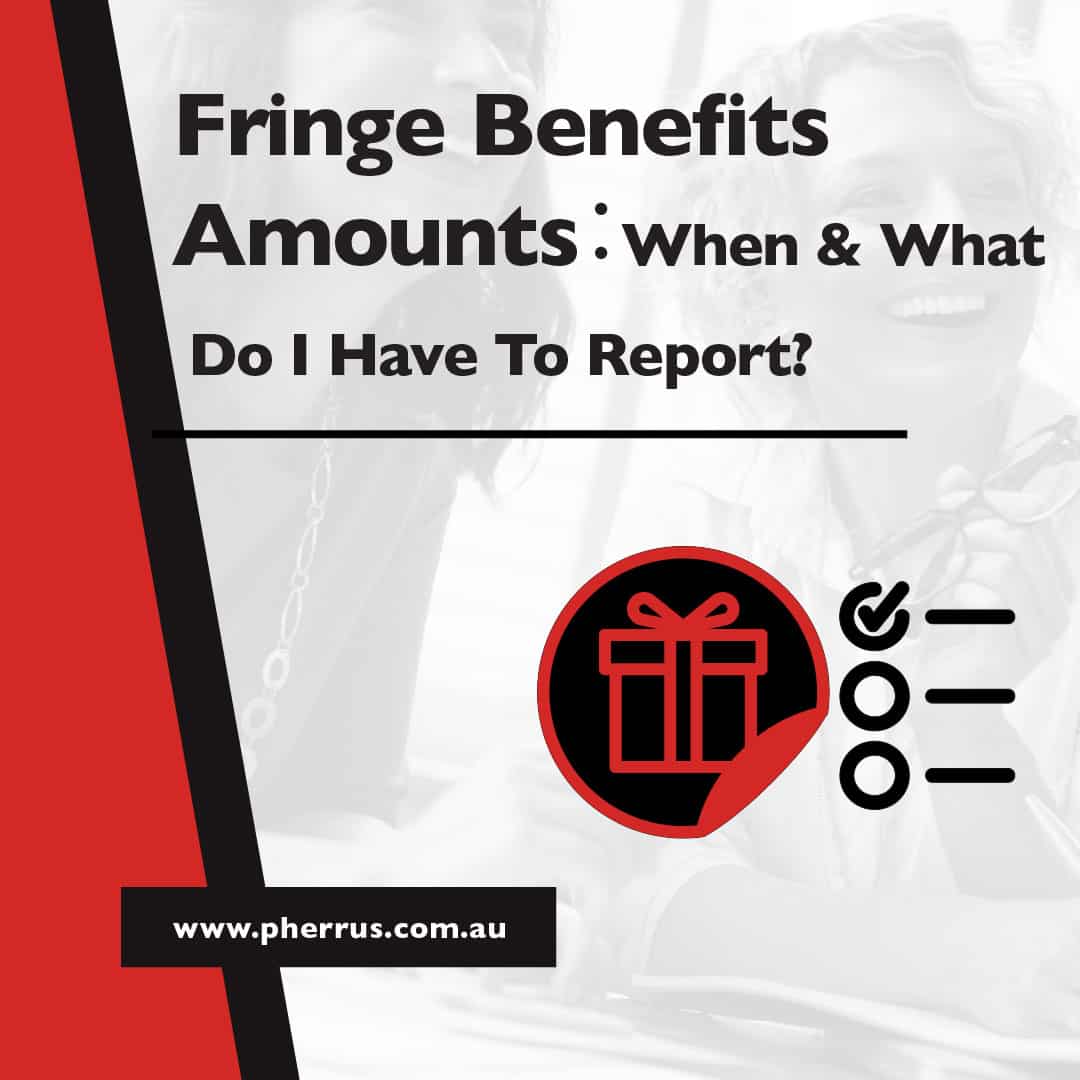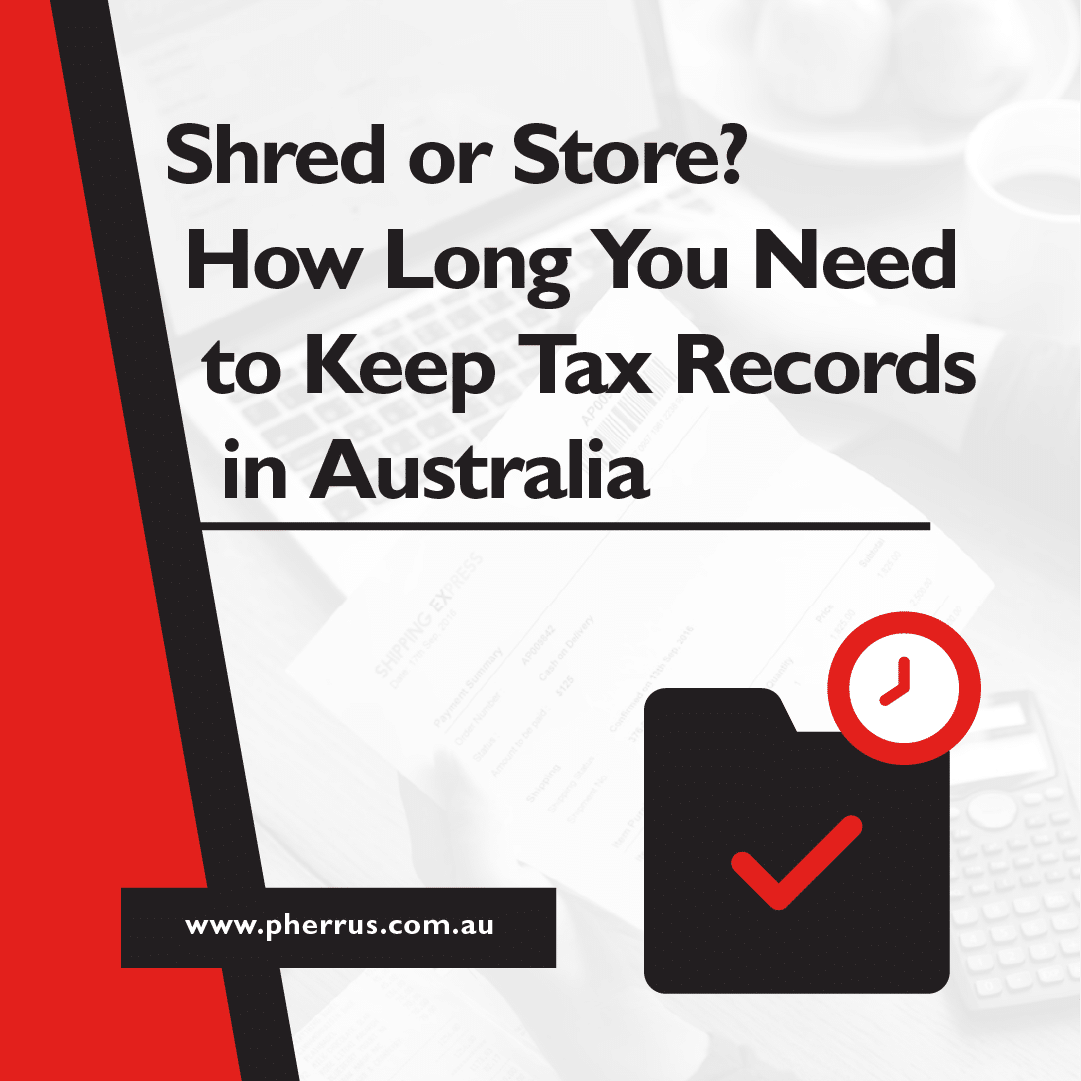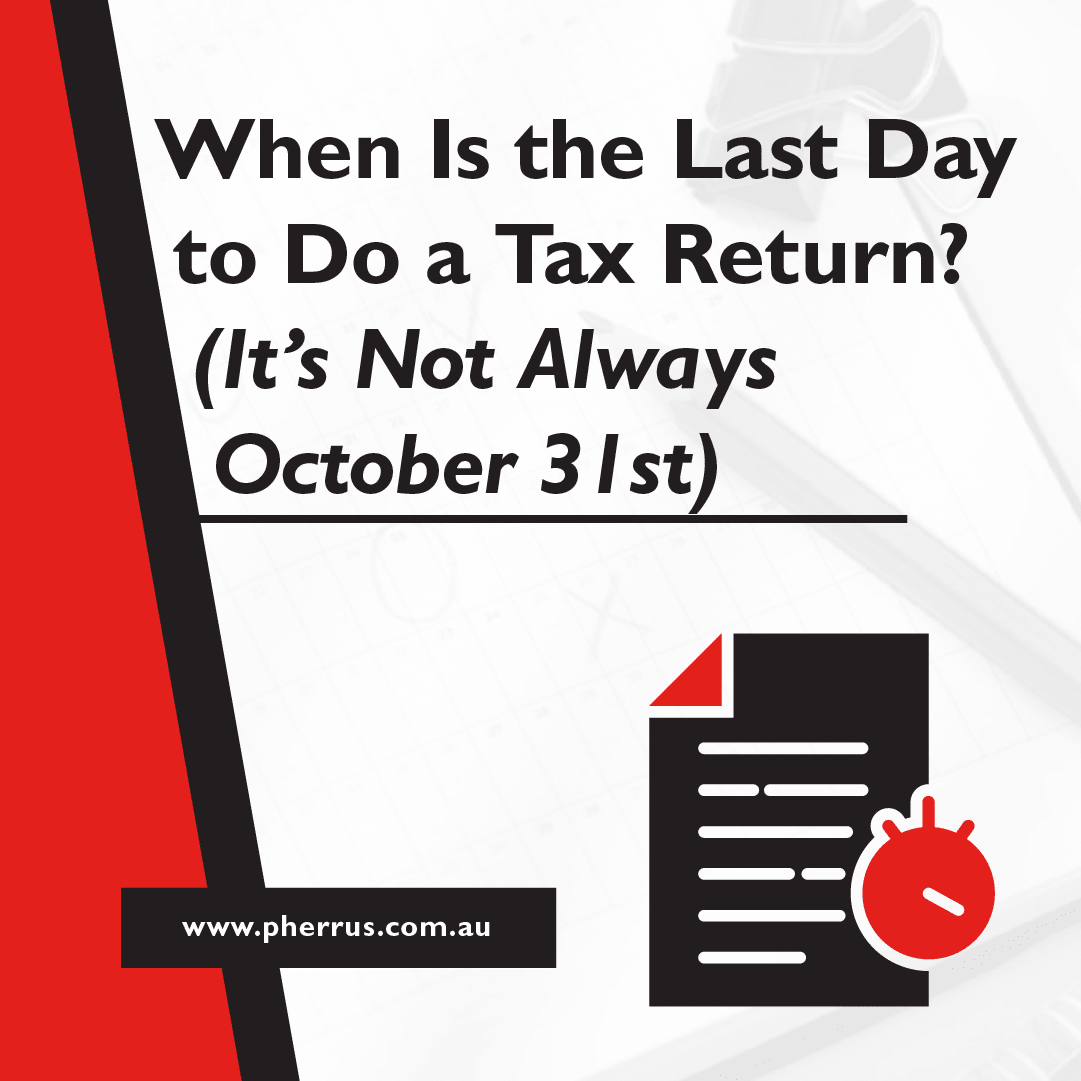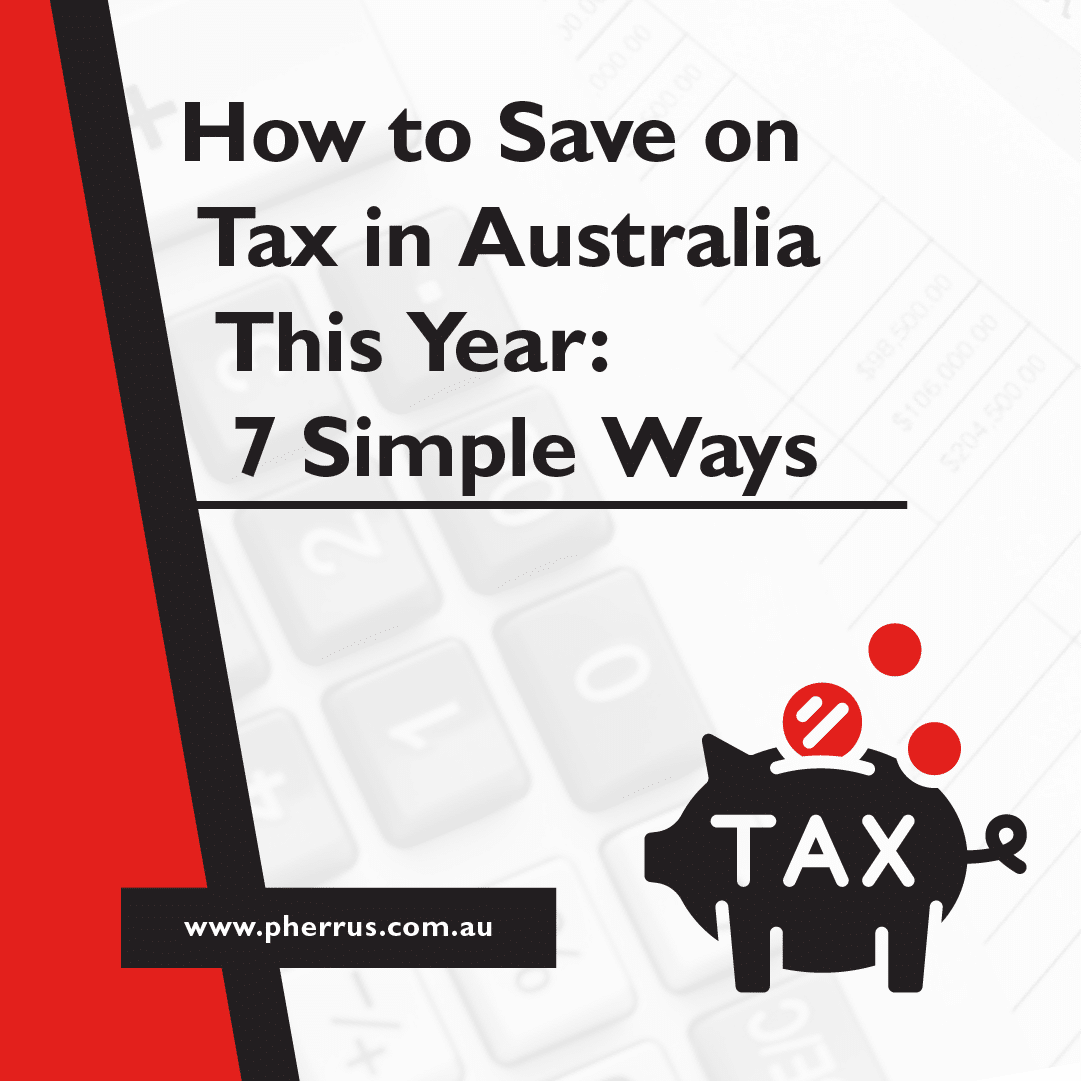As an employee in Australia, it’s essential to know what fringe benefits are and how you and your employer must report them to the Australian Taxation Office (ATO).
This article will explain what constitutes total reportable fringe benefits amounts, where to list them on your tax return, and how your fringe benefits reporting is affected if your employment ends between 1 April and 30 June.
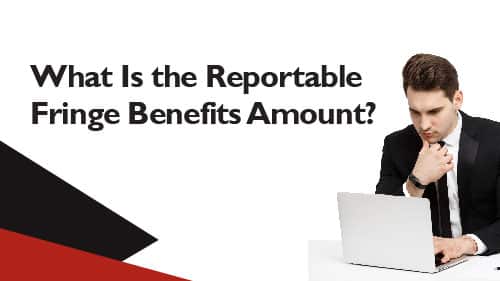
What Is the Reportable Fringe Benefits Amount?
Fringe benefits are benefits you receive from your employer in addition to your salary or wages.
Such benefits can include
- A company car
- Private health insurance
- Gym memberships
- Travel expenses
- Entertainment expenses
- Housing assistance
- Education or training
Employers may provide fringe benefits to attract and retain employees, improve employee morale and job satisfaction, or as an alternative to salary increases.
Fringe benefits allow employers to provide additional value to their employees without incurring the full cost of providing the benefit in cash.
Offering fringe benefits can also help offset higher salaries or wages, as they may be more tax-effective for you and your employer.
So, what is your reportable fringe benefits amount?
The Australian Taxation Office (ATO) explains, “if you receive fringe benefits with a total taxable value of more than $2,000 in a fringe benefits tax (FBT) year (1 April to 31 March), your employer will report this amount to the ATO.
The amount your employer reports is known as your reportable fringe benefits amount (RFBA).
Your RFBA is shown on your income statement in ATO online services through myGov or your payment summary.”
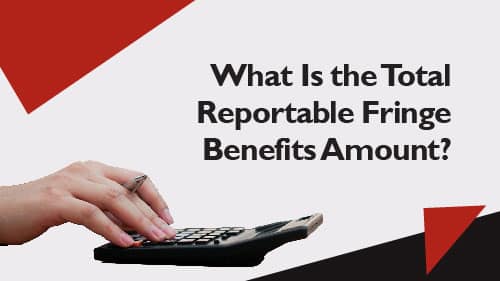
What Is the Total Reportable Fringe Benefits Amount?
The ATO states, “You have a reportable fringe benefits amount if the total taxable value of certain fringe benefits provided to you or your associate (for example, a relative) exceeds $2,000 in an FBT year (1 April to 31 March).”
So your total reportable fringe benefits amount is the sum of reportable fringe benefits you’ve received from your employer during a financial year that exceeds $2,000.
Your employer reports your total reportable fringe benefits amount to the ATO.
While your RFBA is included in income tests for some government benefits and obligations, the ATO will not tax your RFBA.
Your employer will pay tax on certain fringe benefits they may provide you.
This tax is the Fringe Benefits Tax (FBT).
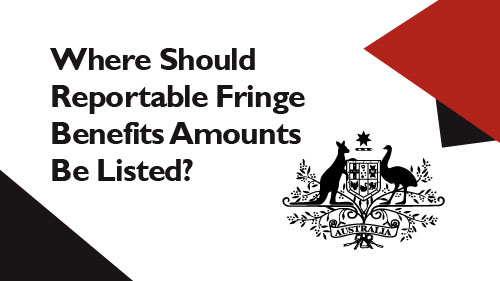
Where Should Reportable Fringe Benefits Amounts Be Listed?
As an employee in Australia, if the total value of the reportable fringe benefits you’ve received is more than $2,000 during a financial year, your employer must report them to the ATO.
Your employer will report these through Single Touch payroll or on your PAYG payment summary.
You must also record all your reportable fringe benefits amounts. Where should they be listed?
The ATO answers, “Show your reportable fringe benefits amounts in the income statements and payment summaries section at:
When completing your income tax return, the ATO further states, “If you lodge your tax return through a tax agent or online through myTax, you generally don’t have to do anything.
Your pre-filled tax return should include any RFBA.
If you lodge a paper tax return, you include your RFBA at label IT1.”
It’s vital to ensure that you and your employer accurately report all reportable fringe benefits amounts, as failing to do so may result in penalties from the ATO.

What if My Employment Finishes Between 1 April and 30 June?
The ATO answers this question:
“If you finish employment between 1 April and 30 June and receive fringe benefits during this time, your employer will report your RFBA for the income tax year ending on 30 June the following year.”
So, suppose your employment finishes between 1 April and 30 June of any year and you’ve received any reportable fringe benefits amounts during that financial year.
In that case, your employer must provide you with a PAYG payment summary that includes the total reportable fringe benefits amount you received during your employment.
When you file your tax return with the ATO, you must include your total reportable fringe benefits amount, even if your employment has ended.
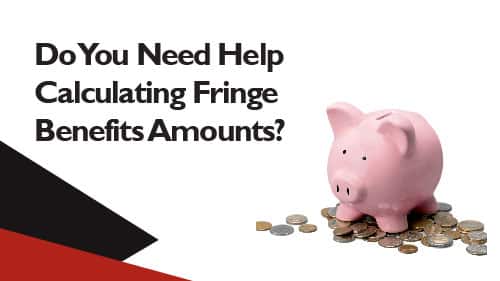
Do You Need Help Calculating Fringe Benefits Amounts?
With experienced accountants, agents, tax lawyers and industry-specific consultants on our team, we can provide advice tailored to your circumstances.
If you’re unsure how to calculate your reportable fringe benefits and have more questions, we’re here to help.
At Pherrus Financial Services, our team will assist you in navigating the complexities of accurately calculating and reporting fringe benefits amounts.
Let the experts here at Pherrus Financial Services take the stress out of meeting your tax obligations.
Contact us today to learn more about our services and how we can help you with your tax needs.
Fill in our online form, and we’ll be in touch with you shortly.
Alternatively, call us to book an appointment at our Bella Vista office in Sydney, NSW.


